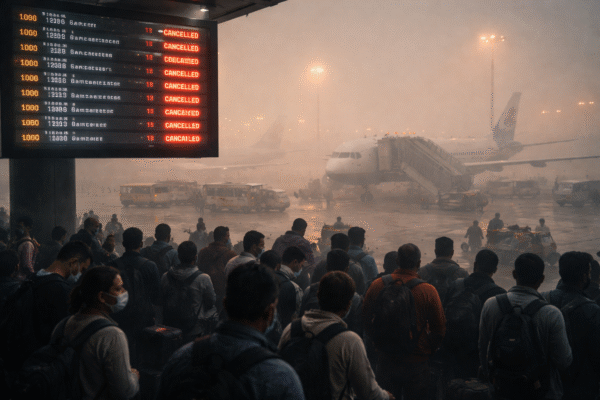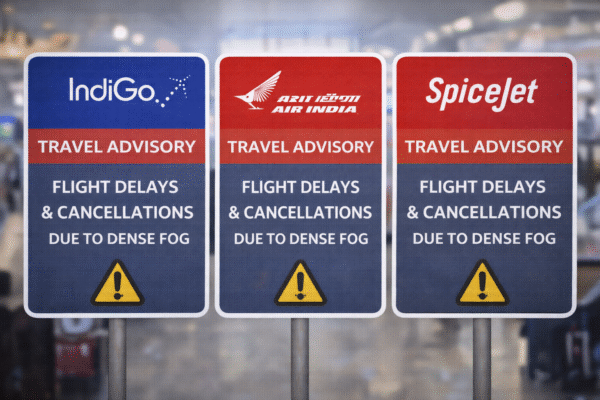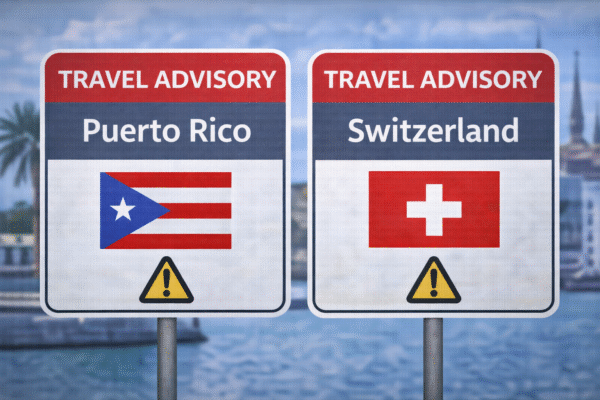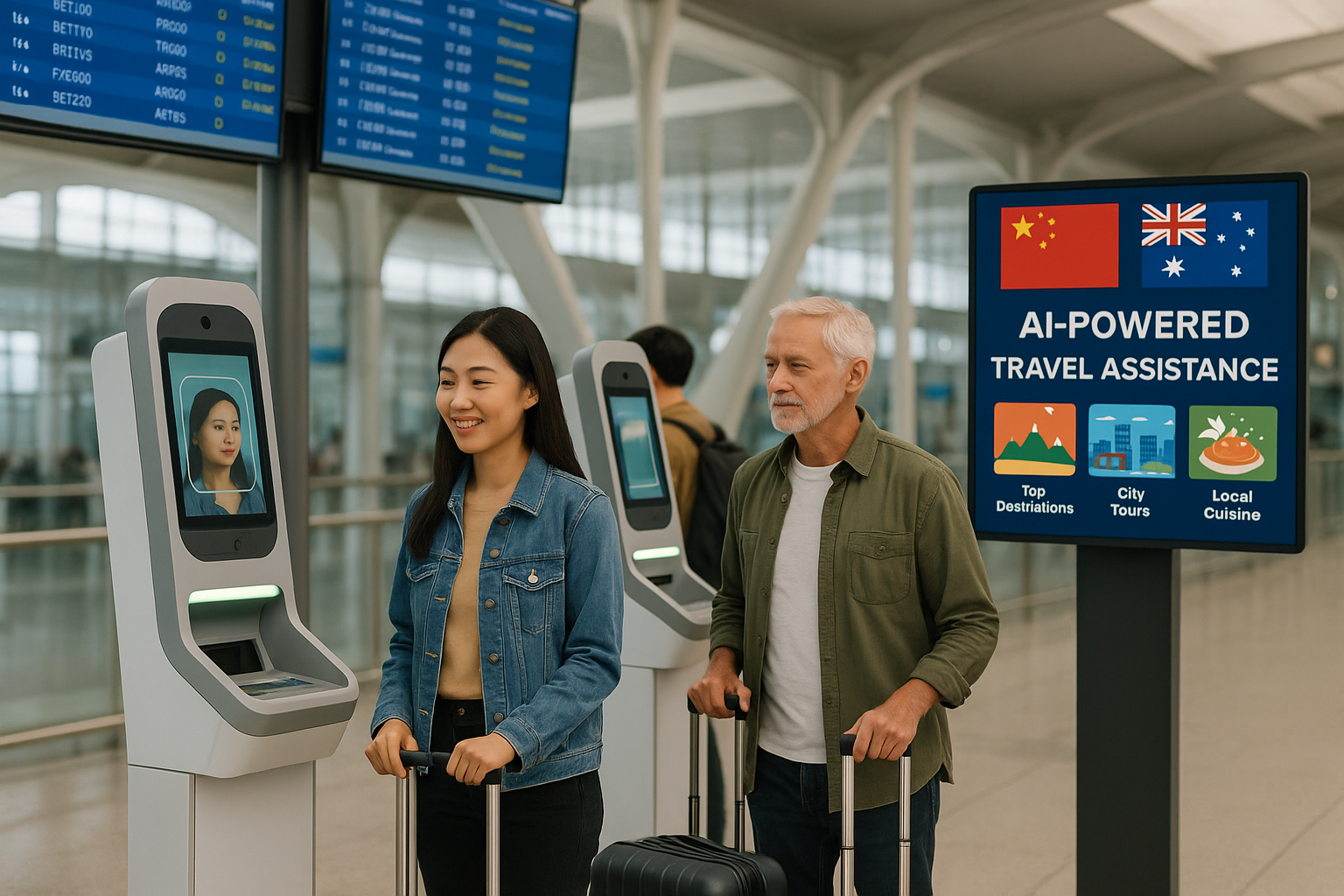Australia and China are entering a new phase of digital diplomacy as both nations commit to deeper cooperation in artificial intelligence (AI) to enhance global trade and transform the future of tourism. This strategic alignment comes ahead of Australian Prime Minister Anthony Albanese’s second official visit to China, highlighting a shared vision for leveraging AI to drive economic and cross-border tourism growth.
The move signifies more than diplomatic goodwill—it reflects a forward-looking policy approach where AI serves as a cornerstone for bilateral relations. Beijing’s interest in collaborative development in AI, healthcare, and clean energy aligns well with Australia’s broader digital transformation goals. As two of the largest economies in the Asia-Pacific, both countries are uniquely positioned to co-develop AI-driven systems that modernize visa processing, optimize tourism routes, and customize travel experiences for millions of global travelers.
AI Revolutionizing Travel Logistics and Marketing
Artificial intelligence is increasingly becoming indispensable in international tourism operations. For instance, airlines now deploy AI to optimize routes based on real-time weather and demand forecasts, while tourism agencies use machine learning to develop hyper-targeted advertising campaigns. AI systems are also deployed to automate visa applications, reducing wait times and increasing processing accuracy for travelers from both countries.
Through AI-powered translation tools and real-time itinerary suggestions, tourists from China visiting Australia can now enjoy a smoother, more personalized experience. Chinese travelers—already one of the most influential outbound markets—can receive tailored travel packages that align with their cultural preferences, age demographics, and travel behaviors.
This personalization capability will be critical as both governments seek to expand post-pandemic travel corridors and deepen their tourism trade relationship.
Tourism Growth Since ChAFTA and the AI Advantage
Since the China-Australia Free Trade Agreement (ChAFTA) was signed in 2015, Chinese tourist arrivals in Australia have steadily increased. Prior to the pandemic, China was Australia’s largest source of inbound tourists, contributing over AUD 12 billion annually to the economy. With AI innovations now accelerating, the revival of Chinese tourism is expected to reach new heights.
Real-time analytics and behavior tracking tools can identify emerging trends in travel preferences—whether for adventure in Tasmania’s wild landscapes or cultural immersion in Melbourne’s thriving arts scene. AI also helps Australian tour operators create efficient itineraries for Chinese travelers, highlighting key destinations like the Great Barrier Reef, Uluru, or coastal wine regions.
On the Chinese side, AI is used to fast-track passport controls and manage outbound flows, streamlining tourism to high-demand destinations like Australia.
Smart Airports, Faster Entry, Safer Travel
AI is also being integrated into airport operations across major Australian hubs, including Sydney, Brisbane, and Melbourne. Technologies such as biometric facial recognition, contactless check-ins, and automated security screening are already being piloted to improve passenger flow and reduce wait times.
These upgrades are expected to benefit Chinese travelers directly, who often fly on carriers such as China Southern, Air China, and Qantas. By combining AI with passenger data analytics, airports can better predict peak traffic times, deploy multilingual support systems, and offer personalized assistance for high-spending travelers.
AI-Driven Tourism Promotion and Economic Impact
One of the most transformative uses of AI lies in tourism promotion. Using machine learning algorithms, Australian tourism agencies can now track ad campaign performance across platforms like WeChat, Baidu, and Xiaohongshu, optimizing messaging in real time to attract younger, experience-driven Chinese tourists.
AI systems help map consumer behavior, forecast seasonal travel trends, and even suggest the best times to launch campaigns targeting Chinese holidays such as Golden Week or Lunar New Year.
According to Tourism Research Australia, every Chinese tourist spends approximately AUD 8,500 during their trip. Increasing this demographic by even 10% using AI-targeted promotions could inject hundreds of millions into the Australian tourism economy annually.
Sustainability Through AI: Greener Tourism Practices
As global pressure mounts for more sustainable travel, AI can play a key role in optimizing transport emissions, reducing overcrowding at major attractions, and encouraging visits to lesser-known eco-tourism destinations in both countries.
For example, AI can model visitor flow through national parks or coastal areas to prevent over-tourism, a pressing concern at iconic sites like the Great Barrier Reef. Predictive analytics can also forecast the environmental impact of large tour groups, allowing governments to adjust tourist capacities accordingly.
A New Era in Bilateral Tourism
AI is no longer just a technological tool—it’s a diplomatic bridge. As Australia and China formalize digital collaboration, tourism is becoming one of the biggest benefactors of this alignment.
In the near future, AI may replace traditional travel guides with intelligent virtual assistants capable of multilingual support, itinerary updates, and emergency assistance. For both inbound Chinese visitors and outbound Australian travelers, AI promises a more intuitive, seamless, and enriching tourism experience.
As Australia prepares to host more Chinese tourists under this AI-enhanced regime, and as China opens its arms with smarter outbound travel services, the potential for mutually beneficial growth is vast.
For more travel news like this, keep reading Global Travel Wire
















